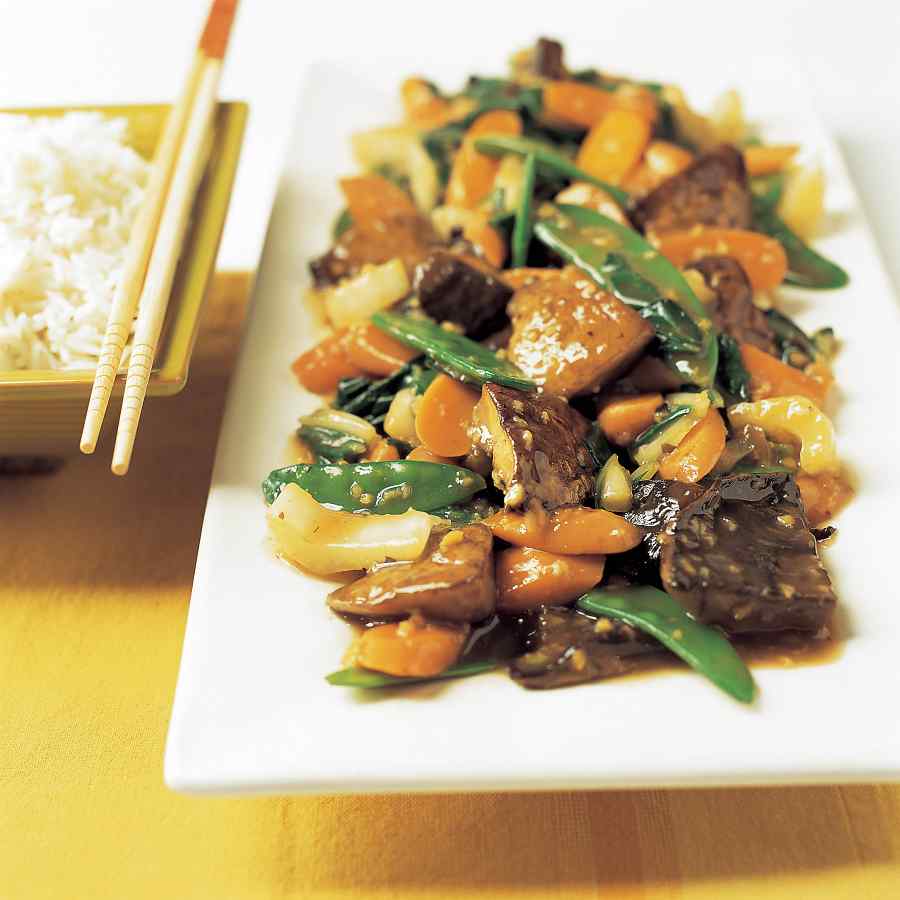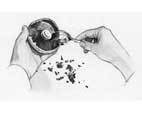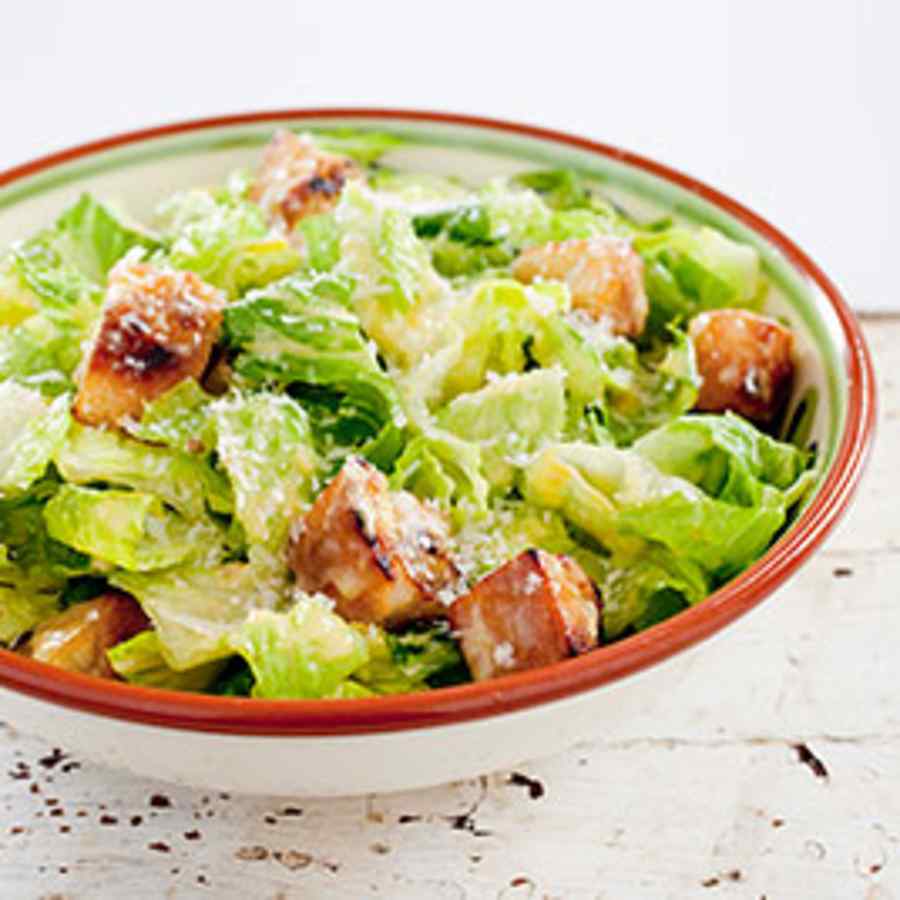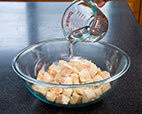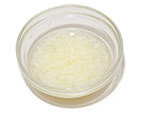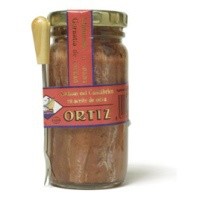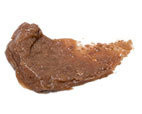Notes
I had made this recipe for Overnight Yeasted Waffles before and they we OK. Our standard waffle recipe is very good and has become such a favorite that all of the buzz about yeasted waffles didn’t really live up to the hype. They were perhaps only marginally better.
I found this new recipe for Overnight Brown-Butter Yeast-Raised Waffles and not only did it look easier but the thought of the golden brown butter flavoring made my mouth water. I’m happy at how it turned out, but it made much less than I thought it would! Pay attention to the serving size here, you may need to double or even triple it if you’re having guests.
The Lemon Chantilly was a suggested accompaniment and somewhat of an afterthought, but it turned out to be a stellar! I ended up macerating the lemons overnight since the waffle batter was also prepared the night before.
Yield
Makes two 8-inch square waffles or three 7-inch Belgian waffles
Timing
Active Time: About 10 minutes for waffles, 15 minutes for Chantilly & Lemon Syrup
Total Time: 12 to 18 hours
Ingredients
For the Waffles
- 3 ounces unsalted butter (6 tablespoons; 85g)
- 3/4 ounce sugar (4 teaspoons; 20g)
- 1 teaspoon (4g) Diamond Crystal kosher salt (for table salt, use half as much by volume or use the same weight)
- 10 ounces cold milk; any percentage will do (1 1/4 cup; 280g)
- 1 large egg, cold
- 7 1/2 ounces all-purpose flour (1 1/2 cups; 210g)
- 1 1/4 teaspoons (4g) instant dry yeast (not rapid-rise)
- 1/4 teaspoon baking soda
- Safflower, vegetable, or canola oil for greasing the iron, if needed
For the Lemon Chantilly
- 4 ounces (1/2 cup; 110g) heavy whipping cream, cold
- 2 ounces (1/4 cup; 55g) fresh lemon syrup, cold
- 1/8 ounce (1 tablespoon; 4g) freshly grated lemon zest
For the Lemon Syrup
- 15 ounces (2 1/2 cups; 425g) “used” lemon rinds, from 6 medium lemons or 12 Meyer lemons
- 7 ounces (1 cup; 200g) sugar
Instructions
For the Batter
- Melt butter in a 3-quart stainless steel saucier or saucepan, stirring and scraping with a heat-resistant spatula as it bubbles, and cook until golden brown.
- Remove from heat and immediately stir in sugar, salt, and milk, followed by egg.
- Sift in flour and stir until smooth.
- Add yeast and baking soda last, stirring to combine.
- Cover and refrigerate overnight, between 12 and 18 hours. The batter should be gooey and spongy at this point.
For the Lemon Syrup
- Cut each lemon into a few chunks and toss with sugar in a large glass, ceramic, or stainless steel mixing bowl. Cover tightly and let stand at room temperature, stirring once every 45 minutes or so, until sugar has completely dissolved, about 3 hours (or up to 12 if timing is an issue).
- Using a cheesecloth-lined or fine-mesh stainless steel strainer set over a nonreactive bowl, strain syrup.
- Working in batches, transfer rinds to a stainless steel potato ricer and squeeze to release any extra syrup, allowing it to pass through strainer into bowl; discard rinds. Refrigerate syrup for up to 3 months in a glass bottle or pint jar.
For the Lemon Chantilly
- In the bowl of a stand mixer fitted with a whisk attachment, combine cream, lemon syrup, and zest (if using).
- Whip at medium-high speed until fluffy and thick, about 5 minutes. Use immediately, or refrigerate for up to 1 week in an airtight container. For piping, re-whip the Chantilly after 24 hours.
For the Waffles
- Set waffle iron to medium and preheat until the indicator is ready; if using cast iron, brush lightly with safflower, vegetable, or canola oil.
- For an 8-inch square machine, scrape in half of the batter per batch. For a 7-inch Belgian machine, scrape in about one-third.
- Close lid and griddle until golden brown but still steaming, 5 to 7 minutes depending on the depth and heat of your machine. (Cooked waffles can be held on a rack in a 200°F oven while remaining batches are cooked.)
- Serve immediately with Lemon Chantilly and/or maple syrup.

